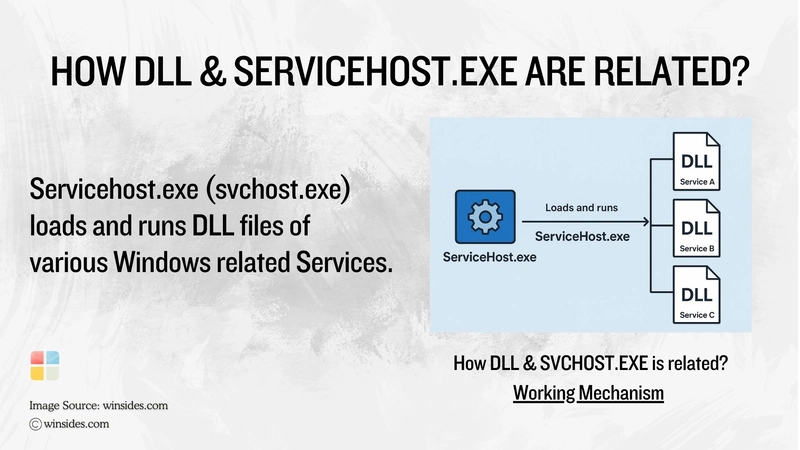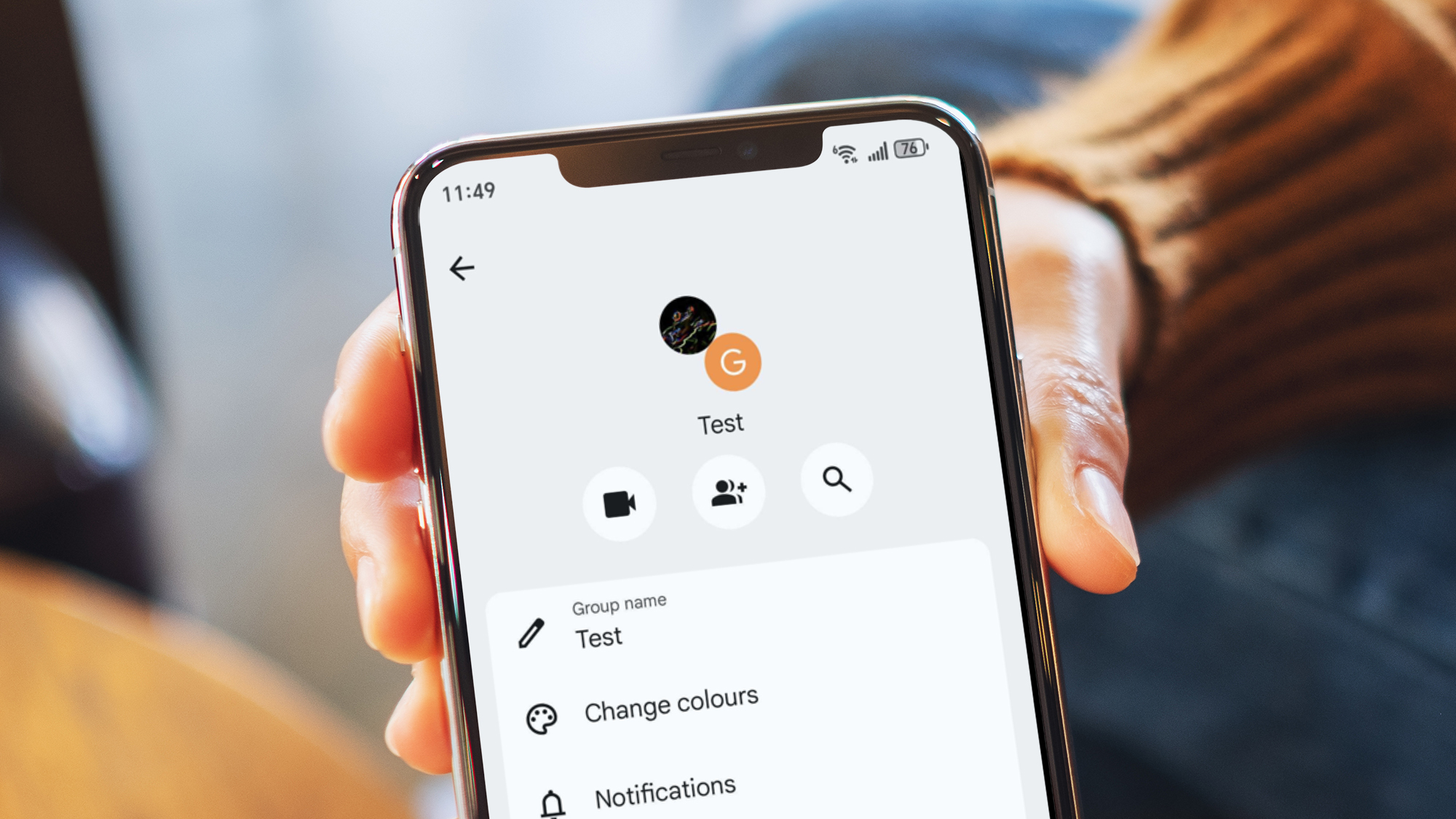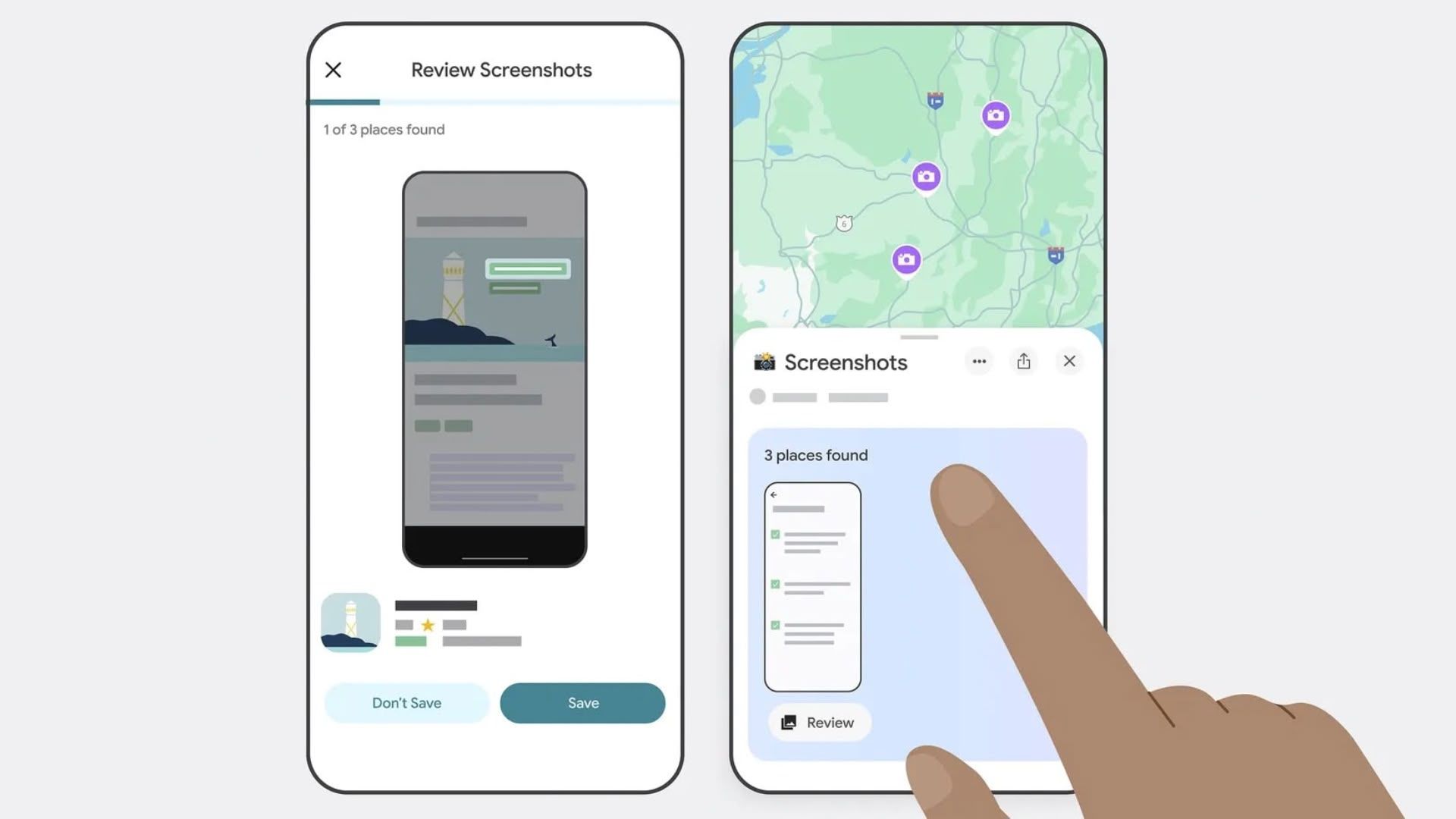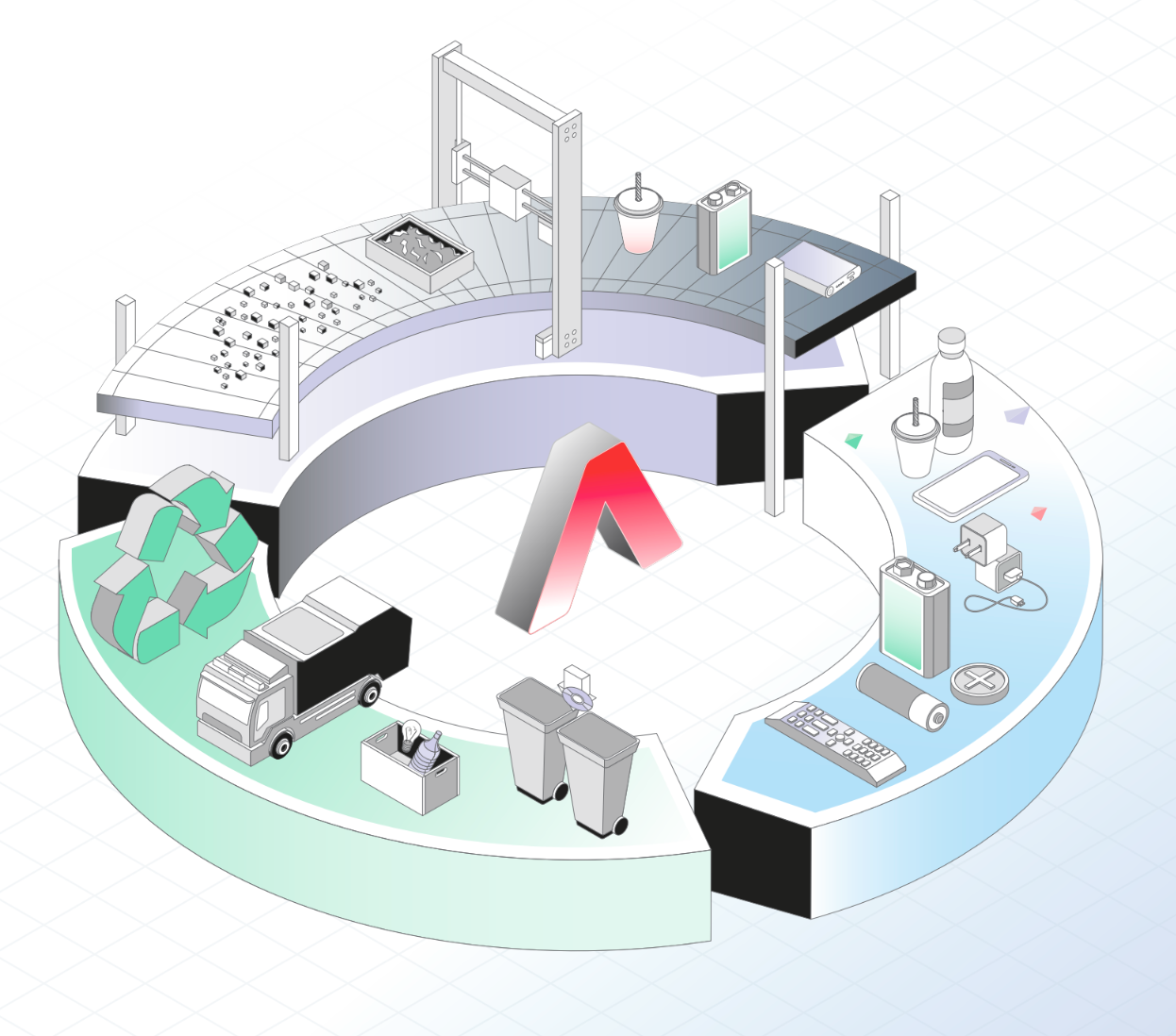Fundamentals of Manual Testing: Techniques and Approaches
Common Manual Testing Techniques: Manual testing techniques help to ensure that software should meets the customer requirements, defects and enhance the user experience.The most common methods are below, Black Box Testing: In Black box testing tester should perform the validation without knowledge of code. Expected output should meets with requirements and specifications. Testing Examples: Acceptance testing,Functional testing and Regression testing. White Box Testing: In White box testing tester should have knowledege about code structure and internal logics. Coding knowledge and logics helps to create the test cases in all aspects. Testing Examples: Unit testing and Integration testing. Gray Box Testing: In Gray box testing, the approaches will be combines both black and white box testing. Tester should not have full structure of coding knowledge, it tester knows partial code knowledge and flow will help's to enhance the testing based on experience. Exploratory Testing: In general, tester can perform the exploratory testing without pre-defined test cases.So tester can perform the testing without test cases will help to identified the issues in any modules.The exploratory testing will useful for discovering unexpected issues. Functional Testing: In functional testing tester will perform the validation with test cases which was prepared based on software requirements. so the software/system should performs as expected output. Through functional validation we can be able to covers major requirements scenarios and user flows. Sanity Testing: In sanity testing, tester will perform the quick validation with P1 cases to ensure that the build is stable to proceed further testing. Acceptance Testing: The acceptance testing will perform by end-user. In acceptance testing the end-user will confirm/ensure the software meets the expectations. Regression Testing: In Regression testing, tester will perform the resolved bugs and related to the test cases which Was mapped with those bugs and ensure the bug fixing code changes should not affect the existing features.

Common Manual Testing Techniques:
Manual testing techniques help to ensure that software should meets the customer requirements, defects and enhance the user experience.The most common methods are below,
Black Box Testing:
In Black box testing tester should perform the validation without knowledge of code. Expected output should meets with requirements and specifications.
Testing Examples: Acceptance testing,Functional testing and Regression testing.White Box Testing:
In White box testing tester should have knowledege about code structure and internal logics. Coding knowledge and logics helps to create the test cases in all aspects.
Testing Examples: Unit testing and Integration testing.Gray Box Testing:
In Gray box testing, the approaches will be combines both black and white box testing. Tester should not have full structure of coding knowledge, it tester knows partial code knowledge and flow will help's to enhance the testing based on experience.Exploratory Testing:
In general, tester can perform the exploratory testing
without pre-defined test cases.So tester can perform the testing without test cases will help to identified the issues in any modules.The exploratory testing will useful for discovering unexpected issues.Functional Testing:
In functional testing tester will perform the validation with test cases which was prepared based on software requirements. so the software/system should performs as expected output. Through functional validation we can be able to covers major requirements scenarios and user flows.Sanity Testing:
In sanity testing, tester will perform the quick validation with P1 cases to ensure that the build is stable to proceed further testing.Acceptance Testing:
The acceptance testing will perform by end-user. In acceptance testing the end-user will confirm/ensure the software meets the expectations.Regression Testing:
In Regression testing, tester will perform the resolved bugs and related to the test cases which Was mapped with those bugs and ensure the bug fixing code changes should not affect the existing features.









































































































































































![[The AI Show Episode 146]: Rise of “AI-First” Companies, AI Job Disruption, GPT-4o Update Gets Rolled Back, How Big Consulting Firms Use AI, and Meta AI App](https://www.marketingaiinstitute.com/hubfs/ep%20146%20cover.png)

























































































































![[DEALS] The Premium Python Programming PCEP Certification Prep Bundle (67% off) & Other Deals Up To 98% Off – Offers End Soon!](https://www.javacodegeeks.com/wp-content/uploads/2012/12/jcg-logo.jpg)

















































































































































































































































![Honor 400 series officially launching on May 22 as design is revealed [Video]](https://i0.wp.com/9to5google.com/wp-content/uploads/sites/4/2025/05/honor-400-series-announcement-1.png?resize=1200%2C628&quality=82&strip=all&ssl=1)













![Beats Studio Pro Wireless Headphones Now Just $169.95 - Save 51%! [Deal]](https://www.iclarified.com/images/news/97258/97258/97258-640.jpg)





































































































